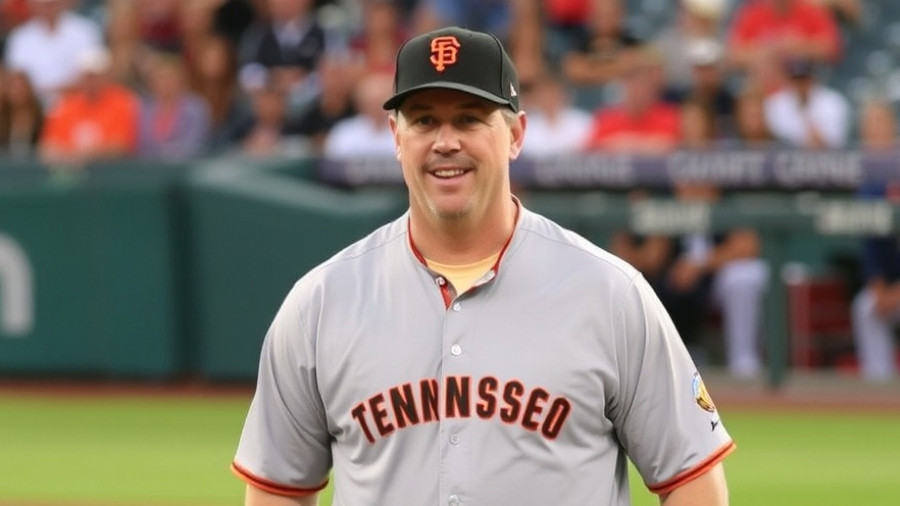
Rethinking Urban Navigation: Insights from Josh Rowan
Josh Rowan, the new director of Oakland's Department of Transportation (OakDOT), recently shared his vision for a safer and more accessible city at a SPUR talk. His mantra, 'I'm not anti-car, I'm anti-speed,' encapsulates a growing consensus among urban planners: safety is not merely about traffic laws but about creating environments where the community feels comfortable.
The Essence of Walkability in Oakland
Rowan emphasized that a welcoming city begins with walkable infrastructure. If residents do not feel safe walking to a bus stop, their willingness to use public transport diminishes. This is particularly relevant considering Oakland’s reputation for reckless driving and speeding. Addressing these issues is not just about enforcing speed limits but about rehabilitating public spaces into areas where walking feels like a pleasure rather than a chore.
Designing Safe Streets: The Push for Standardization
Among the key initiatives discussed was a drive for standardized traffic circles. Rowan envisions a template that community members can use to install traffic circles, promoting grassroots participation in enhancing street safety. This approach would not only speed up implementation but also empower residents to take an active role in shaping their urban environment.
Confronting Litter Culture: A Community Challenge
Rowan didn’t shy away from discussing the elephant in the room: litter. He pointed out the prevalent issues of illegal dumping, which he argued is more about cultural acceptance than homelessness. The goal is to turn the tide on littering norms to foster community pride through campaigns like 'Don’t Trash the Town.' Such initiatives could engage citizens in a unified effort towards better community stewardship.
Resource Management: A Delicate Balance
Another challenge mentioned was the need for efficient resource management within the department. With a talented but small staff, Rowan prioritized determining the most critical projects to pursue. There’s an inherent tension in managing community expectations while also ensuring his team does not face burnout from the workload. His commitment to transparency arose as a solution: defining priorities is as important as executing them.
The Effect of Transit on Traffic and Community
Rowan acknowledged the potential consequences of reduced public transit services, such as those anticipated from budget cuts. The ripple effect of diminished transit accessibility wouldn’t just inconvenience residents; it would lead to increased traffic congestion from unsustainable reliance on personal vehicles. A latent fear amongst city officials is that if public transport remains unattractive, Oakland will fall prey to gridlock.
Envisioning the Future: From Automotive Thoroughfares to Community Spaces
Pondering the streets of Oakland, Rowan insisted there’s a need to rethink wide streets designed just as thoroughfares. His vision includes converting some areas into dedicated bus and bike lanes, creating room for trees and parks that contribute to the community's aesthetic and functional needs. Imagine walking through shaded park paths that were once concrete jungles; it’s an inspiring thought that Rowan is actively working towards.
Voices of the Community
Community input will play an essential role in shaping these urban reforms. Rowan underlined how critical it is for residents to voice their perspectives as the city selects projects to advance. Engaging citizens creates ownership over their neighborhoods, promoting a collaborative environment where the community and local government work hand-in-hand for a better city.
Why Community Matters in Urban Development
Rowan's approach sums up a broader shift in urban planning philosophy: engaging community for sustainable city development. By fostering an environment where everyone—be it a city planner or a resident—has a stake in the neighborhood’s development, the potential for successful social outcomes increases. The connection between streets, safety, and comfort hinges on this community involvement.
Conclusion: Taking Action for a Better Oakland
In light of Rowan’s insights, it’s clear that each Oakland resident has a role to play in the evolution of their city. Let’s join efforts in engaging with local initiatives—whether it’s participating in community events, advocating for better protections against litter, or supporting city planners in their quest for a safer environment. Together, we can transform Oakland into a city where everyone feels welcome, valued, and at home.
 Add Row
Add Row  Add
Add 



Write A Comment